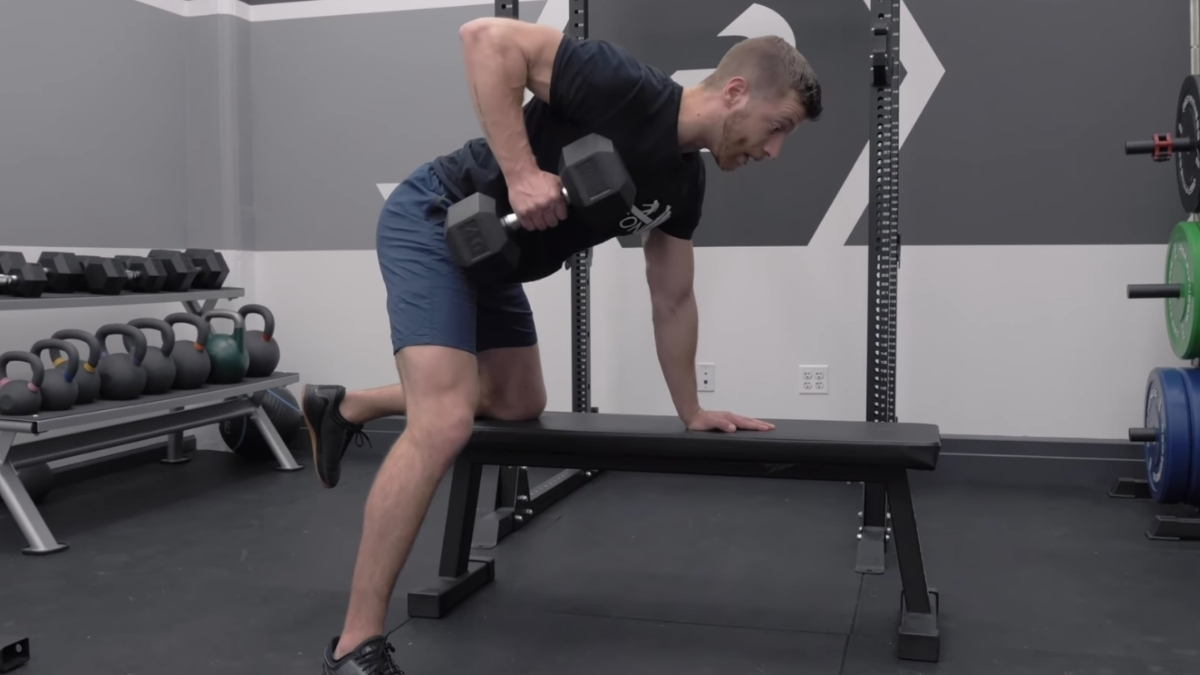Using chalk when lifting is an underrated way to grow.
To grow in strength training or hypertrophy, you need intensity.
Intensity can be lost in a lift due to many confounding factors.
However, one of the major culprits of limiting intensity is grip strength.
Ever do a deadlift and feel like you could have just done an extra rep or 2 if your grip didn’t fail you or the bar didn’t slip away?
Yeah, we’re going to fix that with one of the many great tools.
Chalk!
Let’s go into it.
The Role of Chalk in the Gym
Chalk is widely used in gyms to enhance grip. It’s been around for decades.
It’s not just for professional athletes; even casual lifters can benefit significantly. I believe everyone should use it.
Chalk reduces moisture and slippage, allowing for a firmer and more secure grip on the bar.
If you go into a powerlifting gym / dedicated section, they will sometimes have a chalk bowl. You can easily go into it, chalk yourself up, and get to it.
How Chalk Enhances Grip
So how does chalk actually work?
Chalk (magnesium carbonate) works by absorbing moisture from your hands.
This absorption creates a dry and rough surface, increasing friction and grip on the lifting apparatus.
It’s a simple yet effective chemical reaction that can make a significant difference in your lifting routine.
You Should Use Chalk When Lifting for Muscle Growth
It’s frustrating. You are having a good lift, you know physically you can push out 2-3 more reps. Boom your grip starts failing and you can’t hit it anymore.
You may reset and start again, but that initial tension is now lost.
A strong grip is crucial when lifting.
It’s the primary connection between you and the weight.
When your grip fails, your ability to lift heavier weights and stimulate muscle growth is compromised.
If you can’t get that intensity in your workout because your grip is a factor, it will limit your growth overall.
You can read more about that here.
You Should Use Chalk When Lifting for Better Performance
As mentioned above, having a limited grip strength can easily decrease your lifts overall.
Using chalk when lifting will enhance your performance overall.
It will allow you to have a strong grip over anything.
Here’s the thing though, you don’t need to just use it for barbell lifts. Use it for everything!
Use it for:
- Pull Ups
- Curls
- Bench Press
- Overhead Press
Anything that requires you to have a strong grip, use it.
It may “look funny” but that shouldn’t matter. Your performance matters.
Exploring Different Types of Chalk Products
So we understand that chalk in general can increase performance which can increase muscular growth and strength gains overall.
If you want to buy chalk online, you may notice plenty of different types of chalk.
You will usually find these types of chalk products available:
- Loose Chalk: Traditional and widespread, great for covering large areas quickly.
- Chalk Balls: Less messy, offering controlled application.
- Liquid Chalk: Convenient, less dusty, and often more skin-friendly.
Now that we know the types, let’s go over the pros and cons of each.
Choosing the Best Chalk: Pros and Cons
- Loose Chalk:
- Pros: Full coverage, cost-effective.
- Cons: Messy, not allowed in some gyms, can’t carry it around with you unless in a bag.
- Chalk Balls:
- Pros: Less waste, more gym-friendly, easy to carry around.
- Cons: Might not provide as thorough coverage.
- Liquid Chalk:
- Pros: Less messy, longer-lasting.
- Cons: More expensive, drying time required.
My personal favorite is a chalk ball.
I can bring it with me everywhere easily, it doesn’t leave a mess and it’s long-lasting. I probably go through a chalk ball every 5-6 months and I use a decent amount.
Any chalk is better than no chalk though. If you can get your hands on some, use it.
Other Ways to Improve Grip
Now, chalk isn’t the only tool you can use to improve grip. You can use wrist straps. They are less messy overall and provide even better strength.
However, if you are training for a competition of powerlifting, it may not be the best option because you can’t use them in competition.
I like chalk because it enhances your ability to grip but it also can help progressively improve your grip strength overall. You don’t get that with straps.
Final Thoughts
Chalk is an invaluable tool in the weightlifting arsenal.
It enhances grip, ensures safety, and aids in performance which can help you gain more muscle and strength.
Note: All Amazon Links are affiliated.








